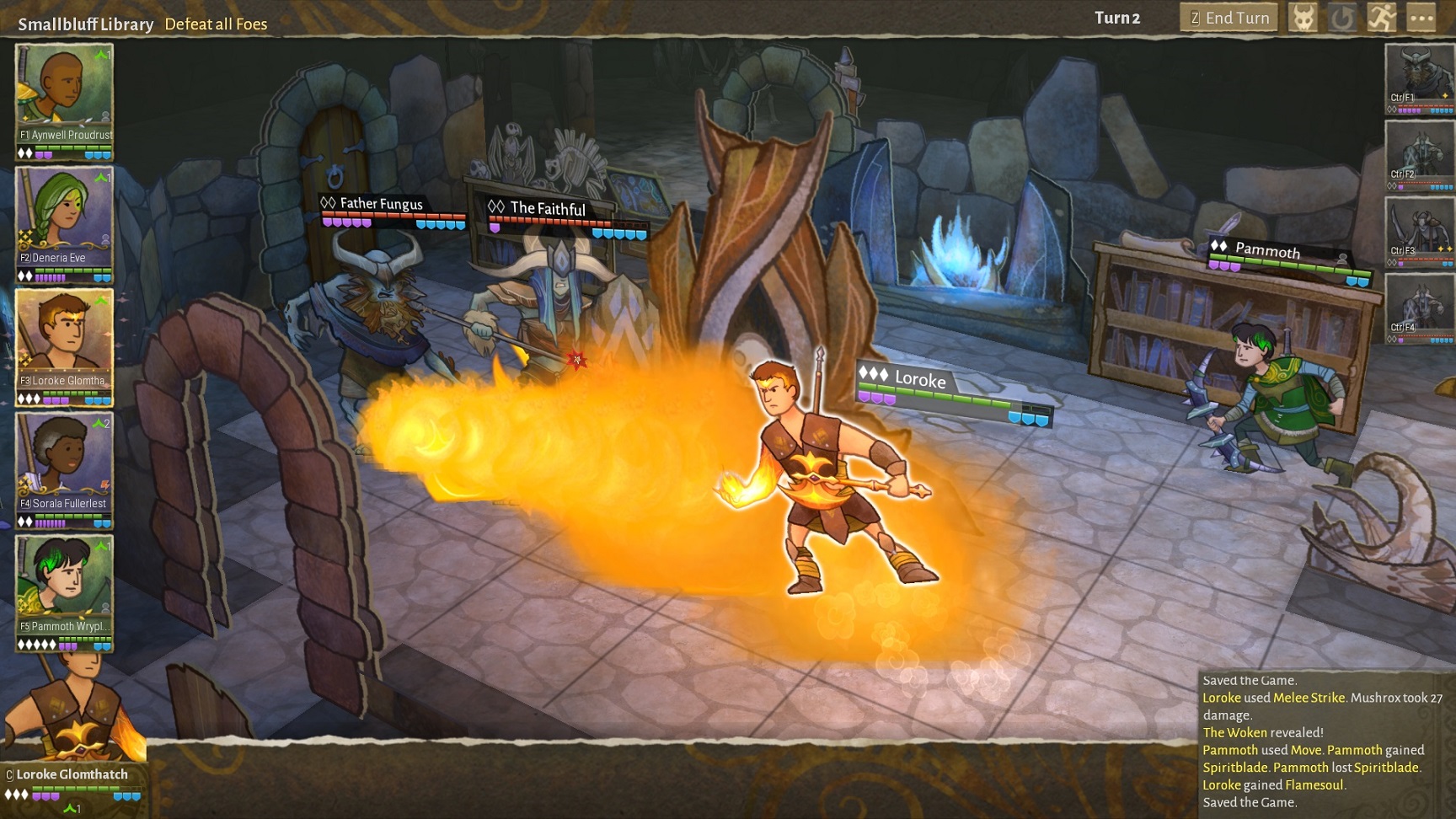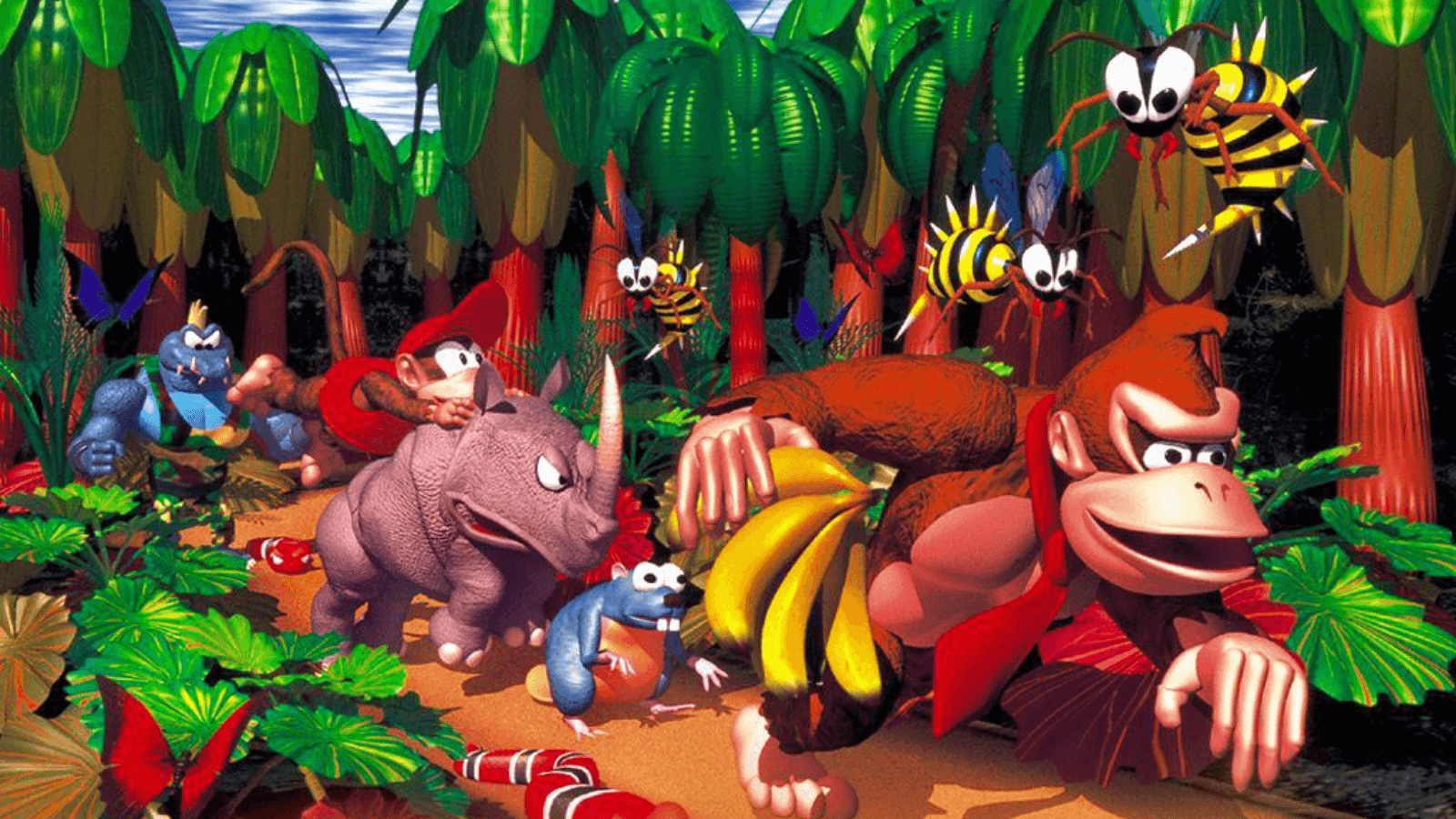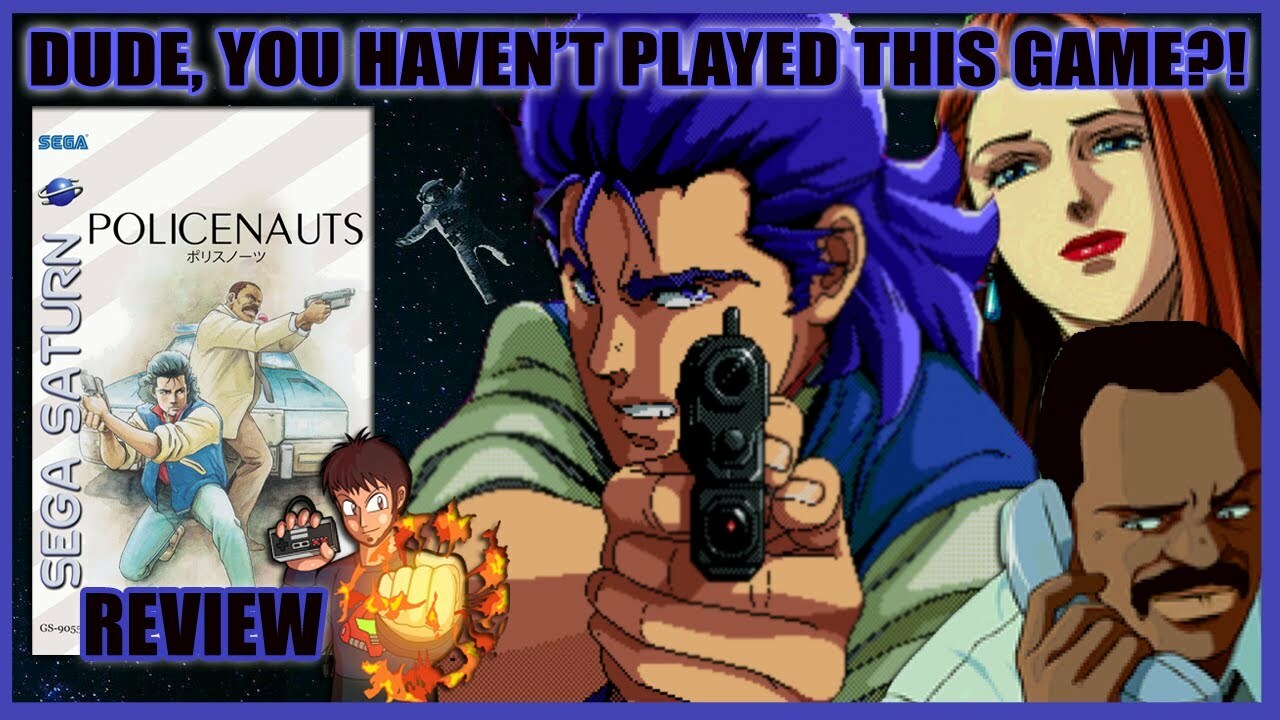Share
The Mighty Atom in a system of stars
Osamu Tezuka had quite the pulse on humanity, weaving much of his philosophy on our nature in many of his works of anime and manga. From Kimba the White Lion to Phoenix, Tezuka’s titles span across decades as a premier influence on the explosion of Japanese pop culture across the world. I can easily call him by his well-deserved, but ultimately shortcoming nickname; “Grandfather of Manga”, or, perhaps, even compare him to Walt Disney. However, it truly goes without saying that Osamu Tezuka and those who worked under him, from inkers to animators, were in a class of their own. In creating these expansive narratives, with an output that is said to extend over five-hundred unique plot lines, Tezuka is influential in not only Japanese pop culture, but the world over. In 1963, hot off the heels of releasing a black and white anime adaptation of his beloved Tetsuwan Atomu (Mighty Atom) series in Japan, Tezuka rose to global fame as the United States began premiering the translated trials of the young robot boy under the more familiar Western name, Astro Boy.

One of the many unique and unparalleled aspects of Osamu Tezuka’s works is the inclusion of what he called the “Star System”. Tezuka treated all of his characters as if they were actual actors on a stage and assigned specific characters for specific roles. For example, the actor Astro Boy could be seen in many of Tezuka’s stories playing different roles dependent on what the narrative called for. Tezuka did this with reoccurring roles and when called for, allowing him to recycle character designs at no expense as these “Star System” players became synonymous with Tezuka himself. If the story called for a young male antagonist, Tezuka was likely to cast his “actor” Rock for the role. Princess Sapphire, the lead in his shojo classic Princess Knight, was usually cast as a gentle young female leader. Many of his incidental antagonists were recast by the likes of Skunk Kusai, Duke Red, and Ham Egg, just to name a few. These actors can be seen across Tezuka’s enormous catalog, spanning nearly fifty years of written and animated narrative as a multiverse of sorts.

From Top to Bottom: Rock as seen in Vampires (1966), Alabaster (1970), and Astro Boy: Omega Factor (2003)
It is important to note that Tezuka was a perfectionist. He often revisited older titles later in life and edited them based on continuity and his own dissatisfaction. Astro Boy was no exception to this heavy editing as the story from the original manga serialization was first released in 1952 and ended in 1968. However, as the manga was written as science fiction in the 1950s, Tezuka did situate his boy robot to exist sometime during the 2000s, confirming his “birthday” to be April 7, 2003. To promote this date, a new animated series was produced and released in 2003, creating a video game opportunity in collaboration with Tezuka’s estate, Sega, and Treasure.
Oh yeah, let’s not forget the Western theatrical adaptation from 2009 featuring the voice of Nic Cage as Astro Boy creator, the tortured Dr. Tenma.

A Tale of Two Developers
By 2003, there wasn’t a person n Earth under the age of twenty-five who hadn’t heard of Sega. The company itself, however, was still burnt from the failure of the Dreamcast, many of their namesakes were traded to prevent bankruptcy. By this time, Sega was exclusively producing in-house software, branding their final Dreamcast game, Puyo Pop Fever in 2004. Around this time, Astro Boy was slated for resurrection. Osamu Tezuka had died fifteen years earlier, and short of a few releases, Tezuka Productions, the animation studio bearing his name, was relatively quiet. To capitalize on this landmark, Sony worked with Tezuka’s namesake and created an all-new anime for the Mighty Atom in 2003. Astro Boy: Omega Factor was shortly released in North America in 2004 on Nintendo’s Game Boy Advance, but six months later than Japan to coincide with this new Astro Boy series.

It is important to note that Hitmaker Co. Ltd was but a facet of the larger Sega name. Hitmaker became part of the Sega family during a Sega restructuring/merger/shuffling of money or whatever, from AM3, or Sega AM Research & Development No. 3 in 2000. AM3 originally developed arcade titles under the Sega name, creating such innovating and, honestly, timeless cabinet namesakes such as Crazy Taxi. In 2000, however, Sega split into nine development studios, each led by one of Sega’s revered bulldog developers. Officially named Hitmaker Co., Ltd, the division’s four years of existence was unsuccessful by Sega standards and was officially reintegrated with the corporation, losing its individual namesake with another Sega restructuring during 2004.

Treasure, the other name credited as developing Astro Boy: Omega Factor for the Gameboy Advance is prominent in action and shoot ’em ups. Gunstar Heroes remains a cult gem for the Sega Genesis, even selling at my local video game resale shop for a cool $100. Formed by former Konami programmers whose idea for Gunstar Heroes was rejected by the company, they started their own enterprise. More fueled by making games that they wanted to instead of making sales, passion projects were highly valued at Treasure. A great example of Treasure’s ability to innovate without restriction was providing for unique gameplay ahead of its time in Gamecube’s Wario World. However, with Astro Boy: Omega Factor, Treasure would push the limits of their innovation and apply their dynamics to the Game Boy Advance.
Astro Boy: At the Heart of Omega

Astro Boy: Omega Factor is easily the best love letter to an anime/manga canon I have ever played. It’s also a happy marriage between beat ’em up and shoot ’em up, as Astro barrels through each mediocrely designed, but quickly paced stage to a nicely orchestrated boss battle, fighting many of the same robots from the series as well as enemies across the Tezuka timeline. Most bosses require a strategy to defeat, which makes the gameplay continually refreshing. Some story arcs in the game are even from other Tezuka/Mushi Productions anime, and others are ripped right from the Astro Boy source material. Players must travel through a stage set-up, duking it out between Mega Man-like baddies that vary in sizes from the very comical micro to the terrifyingly huge, occupying the entire screen.

It is extremely satisfying to punch, kick, machine-gun butt, and laser through this game. Every time a hit is landed, whether from an opponent or by the player, multi-color stars and sounds blare, emulating a battle similar to those on the pages of a manga. The Omega Factor is actually a web of connected aforementioned “Star System” actors, many of which the player will find hidden throughout the course of the narrative and stages. When discovered or encountered, these “actors” supply the player with a power-up, which can then be applied to increase the effectiveness of Astro’s stats, such as life, power, or effectiveness of special moves. Special moves include a machine gun spray from Astro’s butt and an arm cannon that Astro’s hand transforms into with power on an atomic level.
The game itself can lag, as there is a tremendous amount of animation and movement is happening in a single move. As stated before, the level design is mediocre compared to the elements that make the game so enchanting. Although it is an interesting way to create varying degrees of difficulty with enemy encounters, the baddies lack variation, as many are just reduced or enlarged in size depending on the stage, much like an older game would just change the color of an enemies’ shirt. However, it is unbelievably satisfying to knock one out as the rest fall over in succession, creating an ascending chime in their defeat.

I can’t believe the amount of replayability this game has even though it is a title for the Game Boy Advance. First of all, the game is divided into two parts: Birth and Rebirth. Once the player defeats Pluto, canonically the strongest robot in the world, Astro and his robot friends are deemed dangerous and ultimately decimated by the Death Mask. Astro is then visited by the Phoenix, the famed firebird from Tezuka’s manga of the same name, and, in the Rebirth chapter, now must travel back in time and stop the Death Mask from wreaking havoc on everything Astro and his friends know. This allows the player to essentially replay the game with improved stats, continuing to search for “Star System” characters to complete the Omega Factor, or essentially, the pieces of Astro’s “heart”.

The fact that Tezuka’s canon is literally and figuratively portrayed as the varying traits of his famed Astro Boy’s “heart” is what makes this game magical. This title was made by fans for fans; as the characters are weaved into the narrative seamlessly. This mashing of characters within a multiverse has been attempted since on a handheld system through the abysmal Project X Zone series. Astro Boy: Omega Factor is quite the opposite of a turn-based tactical RPG, but rather a story worth investing time in because it actually makes sense, and is an obvious labor of love and not a simple cash grab. Astro Boy: Omega Factor is loyal to many of the thematic elements that Tezuka placed in the forefront of his creations, such as the question of what makes a soul, the injustices we wage against one another, and the ultimate question of conscience and existence, which makes for a game that even a perfectionist prolific master would not find a problem with.




